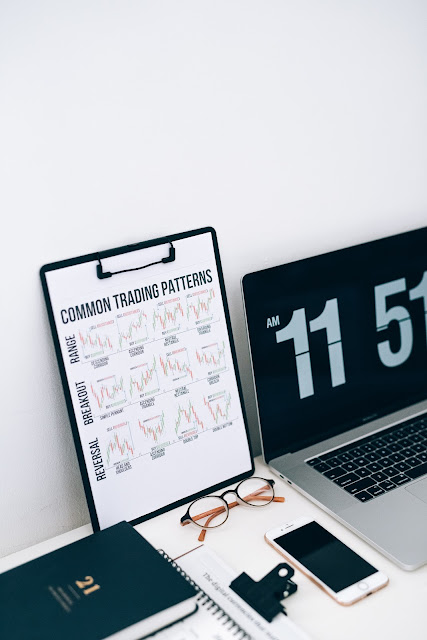Elevate Your Packaging Game: A Comprehensive Look at Post-Printing Machines Introduction: In the ever-evolving landscape of packaging, staying ahead of the competition requires innovation and efficiency. Post-printing machines have emerged as game-changers in the packaging industry, offering manufacturers unparalleled flexibility and quality in producing corrugated boxes. This comprehensive guide aims to delve into the world of post-printing machines, exploring their functionalities, benefits, and the transformative impact they have on elevating packaging standards. Understanding Post-Printing Machines: Post-printing machines are integral to the manufacturing process of corrugated boxes, enabling the application of graphics, text, and branding onto pre-formed boxes. Unlike pre-printing methods, which occur before corrugation, post-printing takes place after corrugation, allowing for greater customization and efficiency. Types of Post-Printing Machines: Flexographic Printing Presses: Th...
Types of Screen Printing
There are several types of screen printing, each with its own unique characteristics and uses. Here are some of the most common types of screen printing:
- Flatbed Screen Printing: This is the traditional form of screen printing, in which the screen is mounted on a flatbed press and the substrate (such as paper or fabric) is placed underneath. The ink is then applied to the screen and transferred to the substrate through the open areas of the stencil.
- Rotary Screen Printing: In rotary screen printing, the screen is mounted on a cylinder and the substrate is fed through the press between the screen and a rubber impression roller. This method is typically used for high-volume printing of textiles, wallpaper, and other large-format materials.
- Overprinting: Overprinting involves printing one layer of ink over another layer of ink to create a layered or blended effect. This technique is commonly used in graphic design and illustration.
- Discharge Printing: Discharge printing uses a special ink that removes the dye from the fabric, rather than adding pigment to the fabric. This creates a soft, vintage look and feel, and is often used on dark-colored fabrics.
- Direct-to-Garment Printing: Direct-to-garment (DTG) printing uses a specialized inkjet printer to print directly onto the fabric. This method is ideal for small runs of highly detailed or full-color designs, and is commonly used in the production of custom T-shirts and other apparel.
- Sublimation Printing: Sublimation printing uses heat to transfer a dye from a transfer paper to a substrate, such as fabric or metal. This method produces vibrant, high-quality prints that are highly durable and resistant to fading and cracking.
- Foil Printing: Foil printing involves applying a metallic or holographic foil to the printed design using a special adhesive ink. This technique is commonly used in packaging, book covers, and other high-end applications.
Each type of screen printing has its own advantages and disadvantages, and is best suited for specific applications. The choice of printing method depends on the type of substrate, the design requirements, and the desired outcome.

Comments
Post a Comment